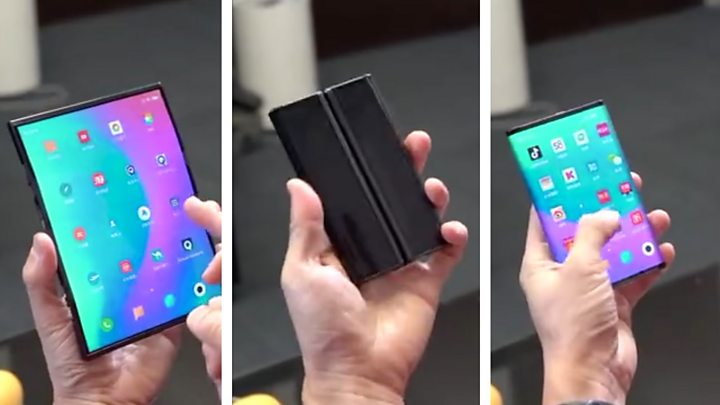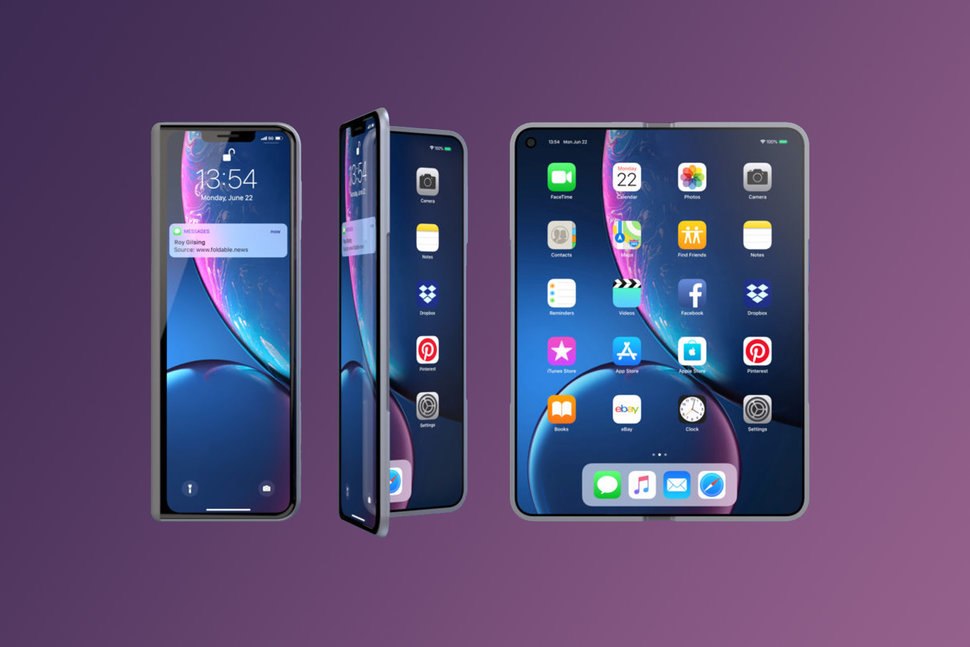Motorola has announced that it is delaying the launch of the new Razr – an updated version of its 2005 hit clamshell phone which boasts a vertical folding screen.
The device, with a launch price of $1,500 (£1,170), was due to begin shipping in the US on 26 December.
Parent company Lenovo blamed the Razr’s popularity, saying that demand had outstripped supply.
But it’s yet another example of a folding phone with teething problems.
Motorola said it does not think the time delay will be “significant” but has not yet revealed a new date.
When the BBC’s Chris Fox tried out a prototype of the Razr, he identified a few issues with the hardware – not least the way in which the screen detached from the device when folded.His verdict was that it was more likely to appeal as a fashion accessory than a primary device.
While the $1,500 price tag may make it sound like an expensive accessory, the Razr comes in below the two main rivals in the nascent market for folding phones – the Samsung Fold ($1,980) and Huawei Mate X ($2,600).
Samsung postponed the launch of its Fold in April after reviewers reported that their device screens had broken.
Huawei followed suit, saying Samsung’s problems had made it decide to conduct further tests on the Mate X prior to its release.
Both devices launched eventually – the Fold in September and the Mate X in November. This was despite excited talk among trend forecasters at the start of the year about folding mobiles’ imminent arrival, and how they might help to revive a stagnating smartphone market.
The giants had been beaten to the post by a little-known California-based company called Royole Corporation, which unveiled a foldable handset called the Flexpai at an event in Beijing in October 2018.
The device was never widely available and did not receive strong reviews – Dan Simmons from BBC Click tried a developer version in January 2019. He said at the time that there were no apps that were designed to work with the way the folding screen changed depending on its position.
Also in January, Xiaomi president Bin Lin showed off a prototype folding phone – but a consumer-ready product has yet to emerge from the Chinese giant.

I have yet to see a folding device in the wild – that is, in somebody’s hand in the street, rather than a closely-guarded prototype at in industry event, or a review handset in the office.
Could that be about to change in 2020?
As many a failed crowd-funded project will tell you, hardware is notoriously difficult to get right. However Ben Wood, analyst from CCS Insight, is optimistic.
While he notes that folding devices have had their issues, not least because they are more fragile than their rigid peers, he cites demand for the Razr and early sales figures for the Samsung Fold as a strong indication that consumers are keen.
“I believe that flexible display technology will have a far wider impact than on smartphones alone,” he told me.
“Over the next decade it will enable a whole new chapter for consumer electronics devices with screens being added to all manner of products. It certainly won’t be long before we see devices like smart speakers having screens wrapped around them.”


